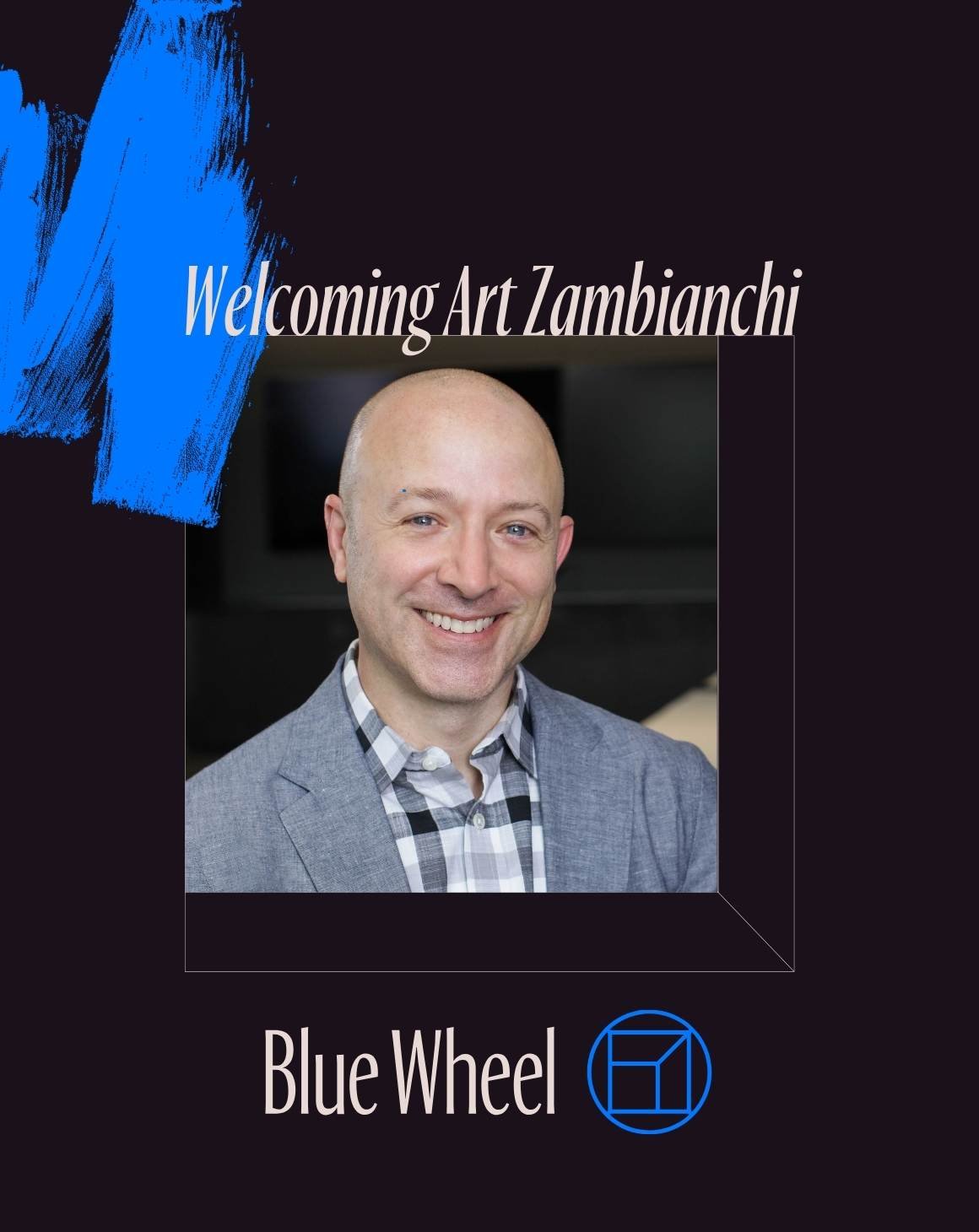When developing a social media strategy for TikTok, Meta, or Instagram, you need to keep both paid and organic campaigns in mind. While the two types of social content have very different goals and intents, they’re both integral to a holistic strategy that will lift sales, increase engagement, and build a loyal following of people who love your brand.
But what exactly is a social media campaign? Should you work with a social media advertising agency? What markers should you monitor for success on paid and organic? We’ll dive into all these questions today!
What is a Social Media Campaign?
A social media campaign is a strategy designed to help your brand reach certain goals on a specific social platform.
Whether you’re working on Instagram, Meta, or TikTok, utilizing both paid and organic social media campaigns is an integral part of your overall marketing strategy.
Paid Social
Campaigns
Paid social campaigns are an important part of your brand’s marketing strategy because the big-player social media platforms, like Meta, are the largest digital advertising platforms behind Google. Nearly every person is active on at least one social media platform, so you have a large audience to reach.
Not only can you reach a specific group of people — based on demographics, interest, behaviors, and more — but you can also see a detailed breakdown of your campaign’s performance. With this amount of data, you have a higher likelihood of reaching the right person and driving them to conversion.
Tips
Understand Your Audience and Goals
The most important part of your paid social campaigns is to understand your audience and your goals. Utilizing multiple social platforms can allow you to reach users at different stages of the customer journey to continuously drive them towards purchase.
For example, you could run awareness campaigns on Pinterest, which is primarily a search platform. 90% of searches on the site are non-branded and are solution-based. So, a user might search for “acne remedies” and see an ad for your skincare brand’s acne serum. Then, you can serve them a conversion ad on Meta to convert them.
Have Compelling Creative
The type of creative that works on one platform might not work on another. Once you understand this, you can tailor your ads to each platform to ensure you’re optimized for the best results.
For example, on TikTok, your creative needs to feel native to the platform. Unpolished user-generated content is king — your ad should feel like watching a trending TikTok and not a high-production video ad.
Additionally, your creative should help you reach your goal. If you want to drive purchase, you need to have a compelling CTA or offer to drive people towards conversion.
Always Measure and Optimize
With digital marketing, you can see your campaign’s results in real time. Based on the data you’re seeing, optimize your campaigns, audiences, and ads in real time to achieve your desired result. You don’t want to keep investing in strategies that aren’t working — you want to make sure you’re optimizing at all times and putting money behind what’s actually performing well.
When it comes to measuring data, paid social campaigns really are a full-funnel channel, spreading across the Performance Commerce Effect, which is the backbone of everything we do here at Blue Wheel. You can use paid social ads for everything from awareness (monitoring CPM and scroll stop) to lifetime value (building relationships with existing customers). Just focusing on ROAS prevents you from seeing the holistic effect of your paid ads.
Paid TikTok Ads
67% of TikTok users indicated that they would make a purchase on the platform. Now, with TikTok Shop, that path to purchase is even easier. With over a billion users worldwide (and 160 million per month in the US), there’s no wrong time for your brand to start advertising on TikTok.
Your brand has a huge opportunity to drive profitable conversions on TikTok. However, because TikTok doesn’t have the years of data like Meta, it’s not quite as reliable for conversions.
Consider when the right time to get started on TikTok is for your brand. Before you start investing in TikTok ads, you should have an organic presence and have content that is native to the platform. You should also be investing in influencer marketing to generate that user-created content.
In short, you should be investing in organic content, influencer marketing, TikTok Shop, and then paid ads in order to see holistic success on the platform! Advertising is the last step in your TikTok strategy.
Organic Social
Campaigns
At its core, organic social is really all about building a community and fostering brand loyalists. It’s not necessarily a place where you’re going to see direct conversions all of the time. Influencer marketing ties into this strategy by layering social proof into your organic social.
Your social accounts are a place for you to engage with your followers, share your brand story, and educate your followers — with sales-focused posts taking a backseat for the most part. (Black Friday and Cyber Weekend are, of course, the exception!)
Organic Social Tips
Develop Different Creative than Your Ads
While some create formats (like static images) can work well for both organic and paid ads, you really should differentiate your content between these two strategies. The difference between your ads and organic content should be noticeable. Your organic content should focus less on sales and conversions and more on being relatable and on-trend.
Monitor Data
Within the Performance Commerce Effect, organic social definitely falls into the first stage, awareness. You should be tracking CPM and scroll stop, which are the two best markers to gauge success.
Additionally, especially in the early days of investing in TikTok, we compare how many followers you have on TikTok versus Instagram. Brands with a solid strategy often have around 40% of their Instagram following on TikTok.
Brands might have followers that are not in their target demographic. If you’re targeting users in the US, around 80% of your followers should be in the US. If your follower count is skewed from bought followers or a bot farm, we can correct that with a solid boosted post strategy designed to gain quality followers in your target demographic.
For engagement rates on Instagram, beauty brands average 0.24% — but on TikTok, it’s around 2.63%, which is on-trend with our 10X average engagement rate estimate. Monitor your engagement rate and see if it falls within that basic criteria.
Organic TikTok Content
On Facebook and Instagram, brands have been seeing less and less impressions and reach on these platforms than they have in the past. TikTok, however, has become an incredible organic social platform to get your brand’s message out into the world. On average, the engagement rate on TikTok is ten times higher than Instagram.
If you’re an established brand, consider investing in boosted posts on TikTok to gain followers and engagement instead of Instagram. There’s far more potential for growth on this platform! Newer brands should put more effort behind Instagram to gain a solid base before migrating to TikTok.
The cost-per-follower on Instagram is around $2–4 per follower, which is markedly higher than TikTok, which is around $0.40–0.90. Because of this, you get far more bang for your buck budget-wise on TikTok than you do on Instagram for boosted posts. This cost will only continue to increase on TikTok, so getting in early is a good strategy for most brands.
When to Work With a Social Media Advertising Agency
If your brand is struggling to connect your paid and organic campaign strategies, it might be time to work with a social media advertising agency like Blue Wheel. Our team of experts on both the paid and organic side work together to make sure your strategies are holistically lifting sales and helping you reach your goals.








.png)
.png)
